Rich snippets can help you increase your organic CTR by making your content stand out in the SERPs.
Do you want to know how?
This short guide will discuss what they are, their importance, and how to get them.
Contents:
What Are Rich Snippets?
Rich snippets are pieces of information that appear in the search results to give users more details about your site.
They include additional data that is extracted from the structured markup in your HTML.
For example, you can display your site’s title, description, price, rating, and more.

Why Are Rich Snippets Important?
Rich snippets are important because they help you stand out in the search results and improve your organic click-through rate.
Studies have shown that they can increase it by up to 30%.
A higher CTR likely means more traffic to your site, which can lead to more potential customers and conversions.
Now, pay attention to this.
👉 Take the most of search result listings. They contain:

As you can see in the image, it’s hard to stand out from tons of other results that look just like yours.
The most common things you can use are the title and meta description to catch the user’s attention.
But with rich snippets, you can power up your listing adding eye-catching details that will make your content stand out.
On the other hand, take a look at this SERP:
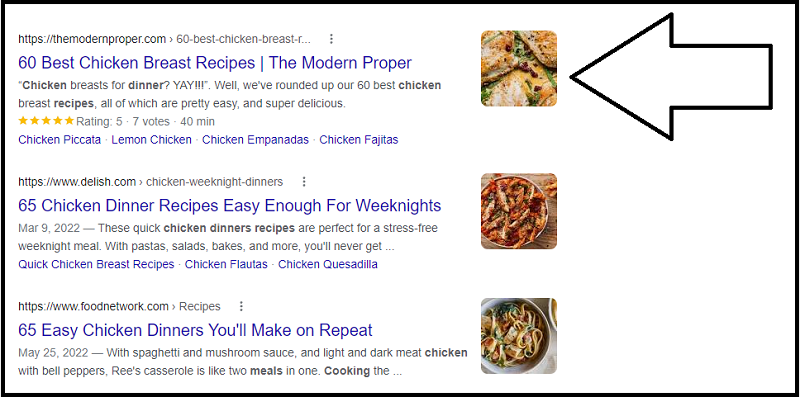
As you can see, the first result looks much more visible than the other two.
It’s because it’s showing a rich snippet, with sitelinks and stars rating.
✅ And with so many details, you can entice users to click on your links!
When Do Rich Snippets Show Up?
Well, they are not guaranteed to show up for every query.
They will only appear if the searcher’s keywords are relevant to your content.
For example, if you have properly set up the structured data for a product, it will only appear when someone searches for that product or something related to it.
Of course, you want that to be correctly set up on your site.
So, how can you check it?
💡 You can test the structured data using the Google tool.
Just enter a URL and it will show if any rich snippets are appearing on that page.
You can also read the status report, to find out how to solve any problems with structured data on your site.
Then, you may want to test your content using the validator tool of Schema.org:
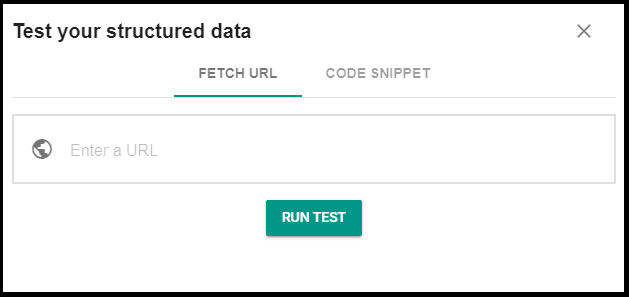
What’s The Difference Between Rich Snippets And Rich Results?
No difference. They are the same.
According to Google:
The rich snippet is a visually enhanced search result, now known as a “rich result”.
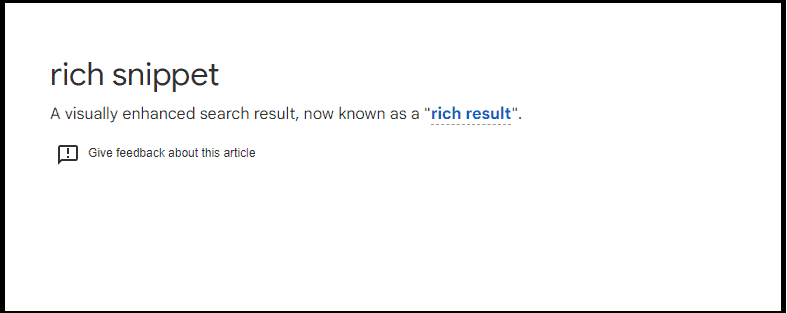
In other words, they are extra information that appears in the SERPs (different from traditional listings).
Rich results may be displayed in Knowledge Graph, Google Images, or Google Maps.
To further understand this, refer to how Google explains it:
Rich results are experiences on Google surfaces, such as Search, that go beyond the standard blue link. Rich results can include carousels, images, or other non-textual elements.
For example, when you search for a movie on Google, you might see rich results for that movie which include the ratings, cast, plot, and more.
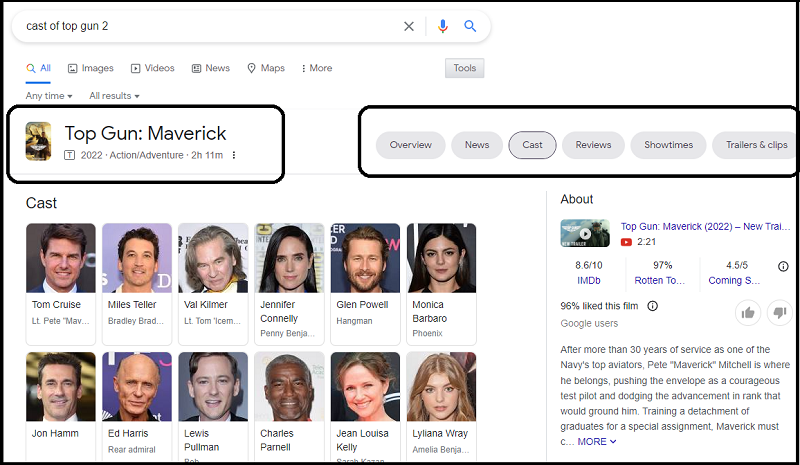
👉 The most common example is the featured snippets.
How to Get Rich Snippets?
To increase the chance to earn them, just follow these three simple steps:
Let’s take a look at each of these steps in more detail.
Choose Your Rich Snippet Type
There are different types, so you need to choose which one is right for your content.
Some of the most common types are the following.
Products
Use this markup to give search engine information about your product, such as images and prices.

Video
With this schema markup, you can add to your videos the description, thumbnail URL, upload date, and duration.
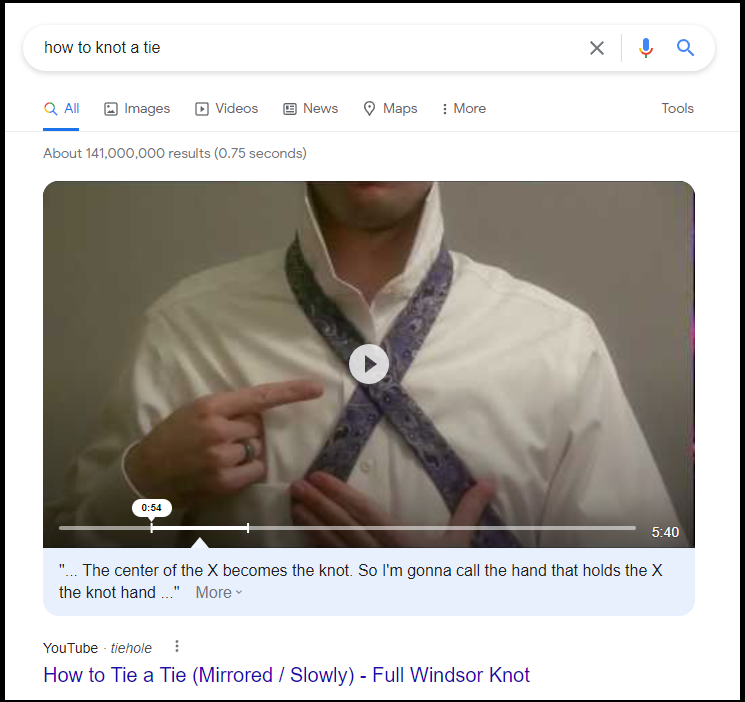
Recipes
Use this particular kind of structured data to display additional information on your search result, including the time needed to prepare the dish, pictures, and reviews.

Organization
Use this markup to show off information about your business, such as the logo, team information, and address.
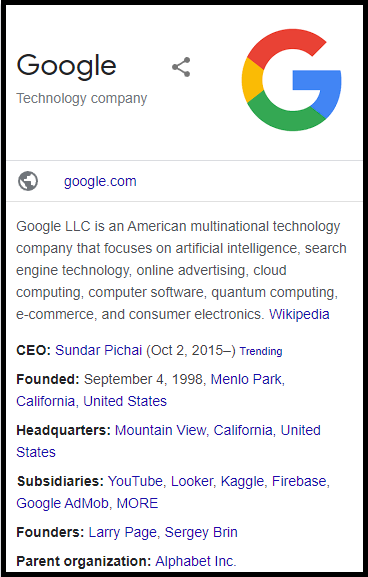
And there are many others.
You can check all the markup options available for your content here:

Once you’ve chosen the markup type that’s right for your content, you can move on to implementing structured data.
Implement Structured Data
Structured data is a code you may add to your website to help search engines understand your content.
It’s what tells Google that your page is about a product, recipe, event, or review.
There are many different types of structured data, but the most common one is schema.org.
👉 Think of it like a vocabulary that you can use to mark up your content in a way that Google understands.
You can learn more about schema.org and how to implement it on your website here.
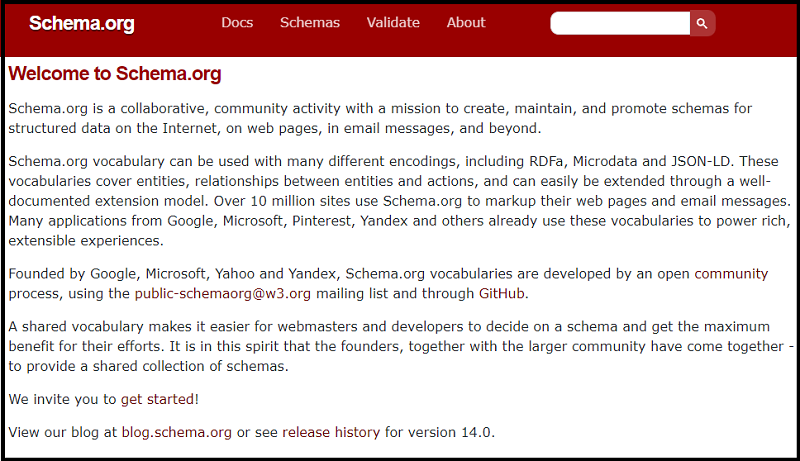
Once you’ve added the structured data to your page, the next step is to validate the markup.
Validate The Markup
You can validate the markup using Google’s tool for rich results.
Just enter your URL and Google will show you if your content is properly set up.
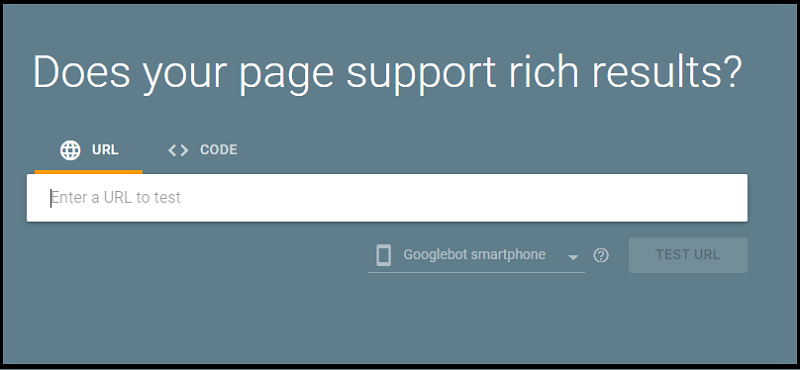
If they’re not, you can use the tool to find and fix any errors in your code:
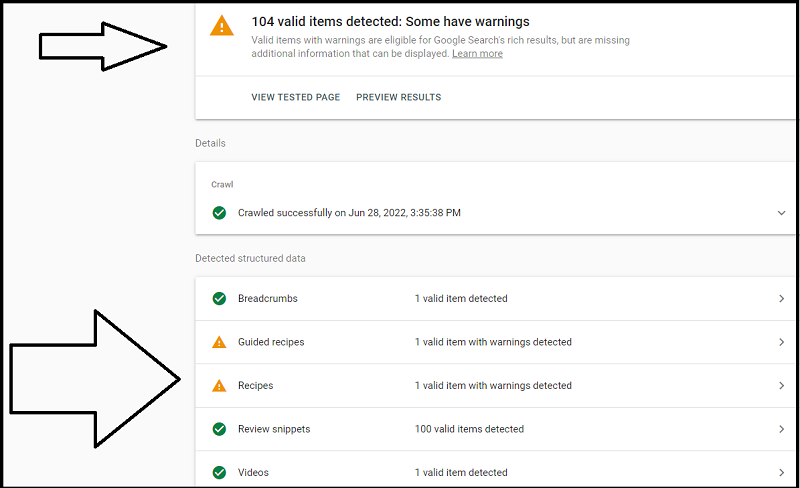
Follow the instructions given to fix the code on your site.
Rich Snippets Plugins for WordPress
If coding is not for you, don’t worry.
There are some great WordPress plugins that you can use to easily add structured data to your pages and posts.
Some of the most popular ones are:
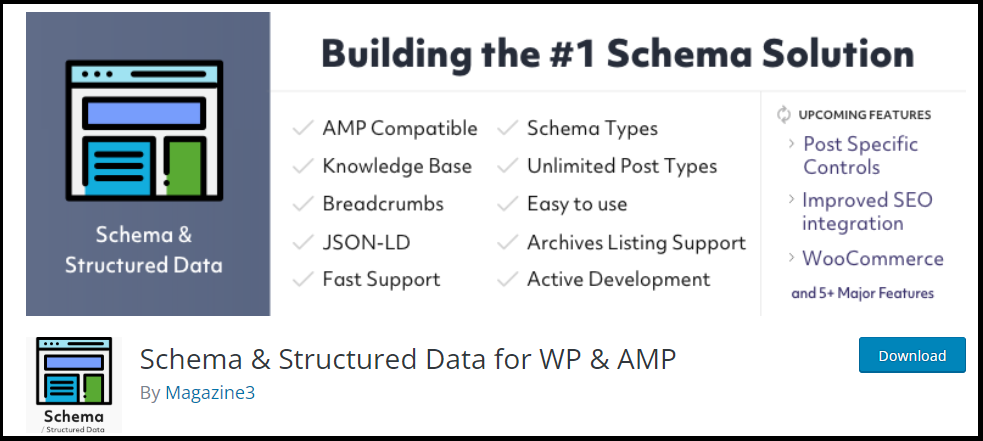
Just install any of them and you will be ready to earn more visibility!
My Experience With Rich Snippets
Based on my experience, you should rank on the first page of Google results to get more chances of earning rich snippets.
That’s what I’ve been seeing for my content, so far.
For example, my SEO without link-building article looks like this and it’s currently in the first position:
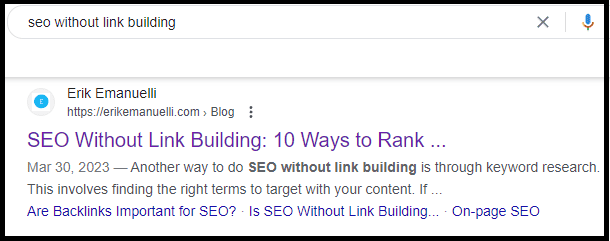
My bucket brigades post has also earned sitelinks in search results, and it is currently in the top three:
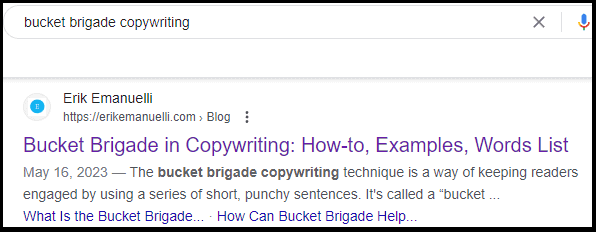
I use the Yoast plugin to automatically display structured data on my content.
If you want to change something, just look at the “Schema” tab, under each page or post, in WordPress:
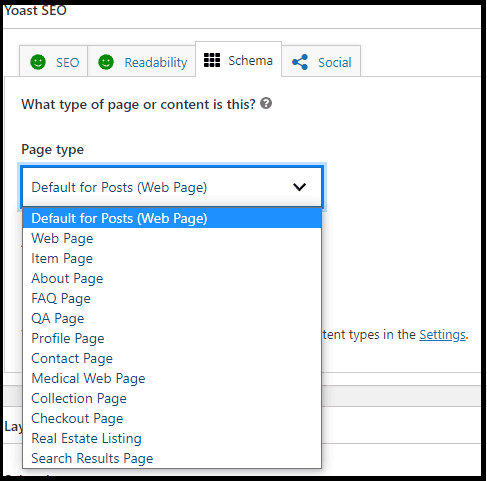
✅ You can just leave the default options if you have a blog and you are just publishing articles.
That’s all!
Rich Snippets FAQs
Q: Are rich snippets worth it?
A: Yes! They can help you stand out in the search results and give your content more visibility. They also make your pages look more attractive and inviting to click on.
Q: What is the difference between rich snippets and SERP features?
A: Rich snippets are the pieces of structured data that you add to your website, while SERP features are all those results that are not organic traditional ones. The most common example is the featured snippet.
Q: Rich snippets not showing in search results. Why?
A: There could be a few reasons why they might not appear in the search results. It’s possible that you have implemented them incorrectly or that your content is not eligible. Another issue could be that Google has yet to crawl your website and pick up the data. It is also possible that you have been penalized by some Google algorithm updates. You can check your website’s health to determine if any issues need to be addressed.
Before You Go
Thanks for reading so far.
At this time, you should have learned how rich snippets can be a powerful way to improve your online visibility.
But wait!
There are other things you can do to increase your organic CTR.
Be sure to read these guides to learn how:
Now, it’s over to you.
Do you have any questions?
Let me know in the comments below!

Hi Erik,
This is smart because Google sends sweet traffic via these rich snippets. I nailed down such traffic a few times for long tail keywords. As always, adding perfectly clear content that explains in detail the blog post content works best. Google loves clarity. Be as direct as possible to make Google and readers happy and to increase your post CTR. Spending even a few moments to get clear makes for a dramatic difference in terms of clicks.
Ryan
Congratulations on getting featured in rich snippets on SERPs.
That’s great for boosting your organic CTR.
Thanks for visiting and commenting, buddy.
Have a great one over there.
Hello Erik,
Rich and featured Snippets help to boost CTR in search engine traffic. You have shared some very helpful tips on how to use rich snippets. Thanks for sharing this detailed guide.
Regards,
Vishwajeet Kumar
Hi Vishwajeet,
do you have some content in SERPs that has earned rich or featured snippets? 🙂
Hey Erik,
Now, that’s a quick, helpful read.
I am not sure if my blog ever showed up for rich snippets. The moment I hear the word “snippet” or “scheme”, I have a brain freeze 🙂
But I’ll try. Can the Yoast SEO plugin help? That’s the one I’ve been using for a while.
A box of chocolates for you if I ever get the rich snippet showing up 🙂
Ash
Hey Ash,
thanks for the positive comment.
I tested one of your blog posts with Google tool and it looks like you’re all set up for rich snippets:
https://search.google.com/test/rich-results/result?id=wUxuOY35wroG9DFpISV_ug
Hey Erik,
I am really not sure, bro. I am just writing away, taking care of a few basics, and moving on. Recently, I also started reworking older posts (on Ryan’s advice 😁 )
But if — or ever– my content shows up as a rich snippet, I’ll probably go nuts 😂
Hey Ash,
it’s Google that decides, in the end! 🧐
The important thing is that you have all set up.
Create great content and build up your authority, and eventually, rich snippets will show up. 😀
Thanks for the tips!
You’re welcome Sarah!😀
So, from what I understand, when a website uses rich snippets, search engines can use this information to display more detailed and relevant information like ratings, reviews, prices, and other data in search results. Right? That can help users make more informed decisions about which websites to click on.
That’s right, Summer.
Hi Erik,
Rich snippets are crucial if you can make them “ping” for you. Another helpful article. Thank you. Keep up the good work!
I appreciate the nice comment, Barrie.
Thank you for this information! I hope to acquire some more rich snippets soon.
Good luck with them, Heidi! 🙂